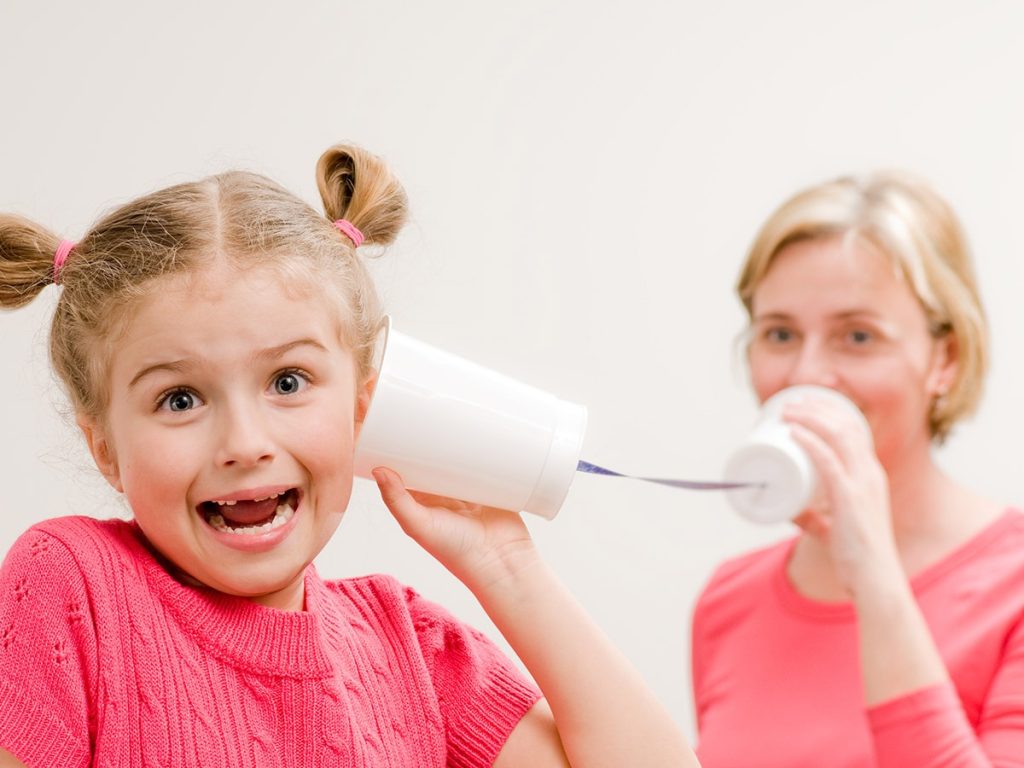In the bustling world of a classroom, where knowledge is dispensed like water from a fountain, not all students drink with the same ease. Amidst these academic activities, a shadow often passes unseen and unheard, creating an enigmatic presence that affects how some students learn and interact with their environment. These are perceptual processing disorders – covert operatives that can disrupt the typical flow of sensory information, thereby skewing perception and comprehension in young learners.
Perceptual processing disorders are a group of conditions that impede the processing of sensory information. This impediment causes difficulties with recognizing and interpreting information from the senses – hearing, sight, touch, taste, and smell – leading to challenges in learning and behavior. Unlike a simple vision or hearing problem that can be corrected with glasses or hearing aids, perceptual processing disorders are complex neurodevelopmental issues.
There are several types of perceptual processing disorders, each affecting a different aspect of sensory processing. Visual processing disorder impacts the ability to make sense of information taken in through the eyes, making it difficult for affected students to interpret written words and graphs. Auditory processing disorder makes it trying for children to understand spoken language despite having normal hearing. Furthermore, there’s motor planning disorder which hinders a child’s ability to plan and execute fine motor tasks such as writing or tying shoes.
The mystery surrounding perceptual processing disorders in the classroom stems from their invisibility. A child may have trouble following instructions, reading text, or writing legibly– yet these challenges may not be immediately apparent to educators or parents as symptoms of a deeper issue. Consequently, children with these disorders are sometimes mistakenly labeled as distractible, lazy, or uncooperative.
Undiagnosed and unsupported perceptual processing disorders can lead to anxiety and frustration in students who do not understand why they struggle with tasks their peers complete effortlessly. This distress can manifest as disengagement or behaviors that draw negative attention.
The key to unveiling this mystery lies in observation and intervention. Teachers who notice persistent difficulties in a student’s learning process should consider evaluation for perceptual processing disorders. With early detection and support strategies such as speech therapy for auditory issues or occupational therapy for motor skills development, these mysterious adversaries can be addressed effectively.
In essence, to ensure that the whispers of challenge don’t transform into screams of failure for those pupils shrouded by these enigmatic conditions, education systems must continue to promote awareness about perceptual processing disorders and foster environments wherein every child is granted the opportunity to access learning effectively. Only then will we truly unravel these classroom mysteries and uncover the potential hidden within every student.








